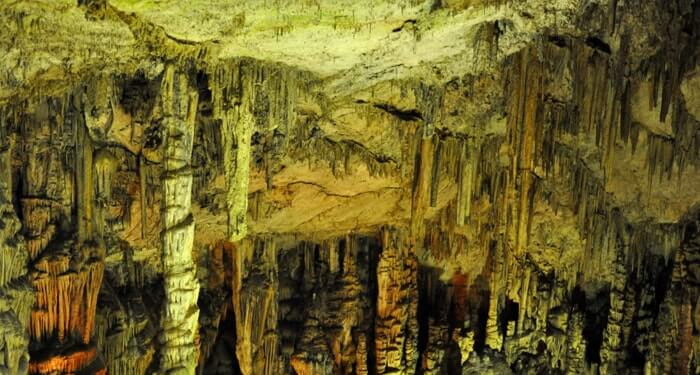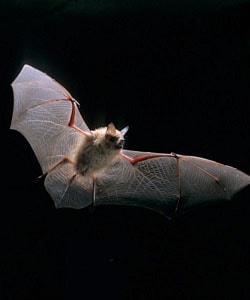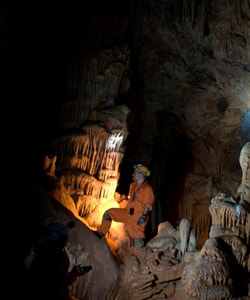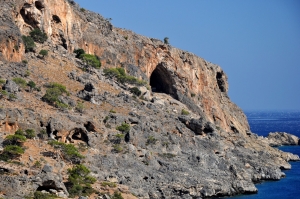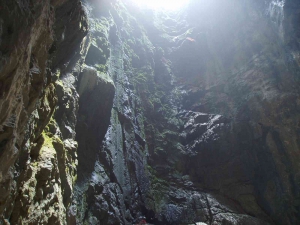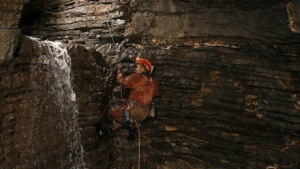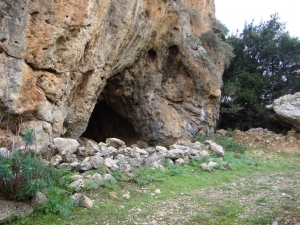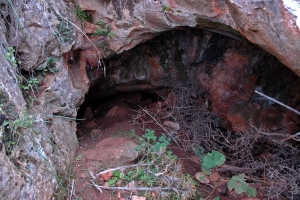The cave is located 25 km west of Heraklion, by Marathos village, at an altitude of 545m, after the abandoned quarry of Arkalokefalo. The entrance (2.10m x 1m) is not easily visible because of dense vegetation, while the total length of the runways is 153m.
The cave Kamilari is an easily accessible and impressive cave of Psiloritis Mount. It is located just 200m from the 13th km of the old road connecting Heraklion with Rethymnon, near Tylisos, at an altitude of 267m. It has 200m long paths, while its entrance has a width of 10m and a height of 4m.
On the trail leading from Agios Ioannis to Koudoumas monastery we meet an impressive cave, shaped Δ, in which there is the small church of Saint Anthony. The cave hosts stalagmites and stalactites. One stalactite, has the shape of Saint Anthony, and a pit where there is an icon of St. Anthony. The cave was used as a residence of hermits.
Tafkoura cave is located at Located at Petradolakia at an altitude 1480 meters, approximately 13 km south of Anogia. It is classified as pothole and its explored depth is 860m and the total length is 6570 meters. It is considered as the largest and deepest cavern of Psiloritis Mount and the 3rd in Greece.
The precipice Gourgouthakas is the deepest precipice of Greece and the second in the Balkans. Access is almost impossible by anyone and can only be achieved by experienced cavers. The second largest precipice of Greece is also in Crete and is known as Tafkoura. It is located on the site "Atzines" of the White Mountains (Chania) and east of the peak of the Holy Spirit in Melidoni area.
The cave is located north- east of the village Nithavris at an altitude of 700m. at position Kalikas. Its dimensions are 100m x 40m and has a maximum height of 20 meters. Apart from its many names (Onymahos, Kallika Trypa, Notiki Tripa Nithavris, Paul Faure Cave), the impressive entrance with the inscription with the ancient name ONYMAXOC, it hosts beautiful stalactites and hides a rich history that testifies that it was inhabited since ancient times.
Atziganospilios is located within short distance (10 min) from the village of Adrianos, in site Koukistres. It is about 25km southwest of Agios Nikolaos and belongs to the village of Zenia, which you meet as you ascend to the Plateau of Lassithi through the road starting in Neapolis.
The Cave of Fragantonis is located 700m south-southwest of Malia, at the foot of the mountain Volakias, at an altitude of 20m and below the new highway. The cave has two entrances. A low and another from its roof. The low faces north, with a width of about one meter but access from there is a bit difficult because of the rocks brought by the rainwater.






